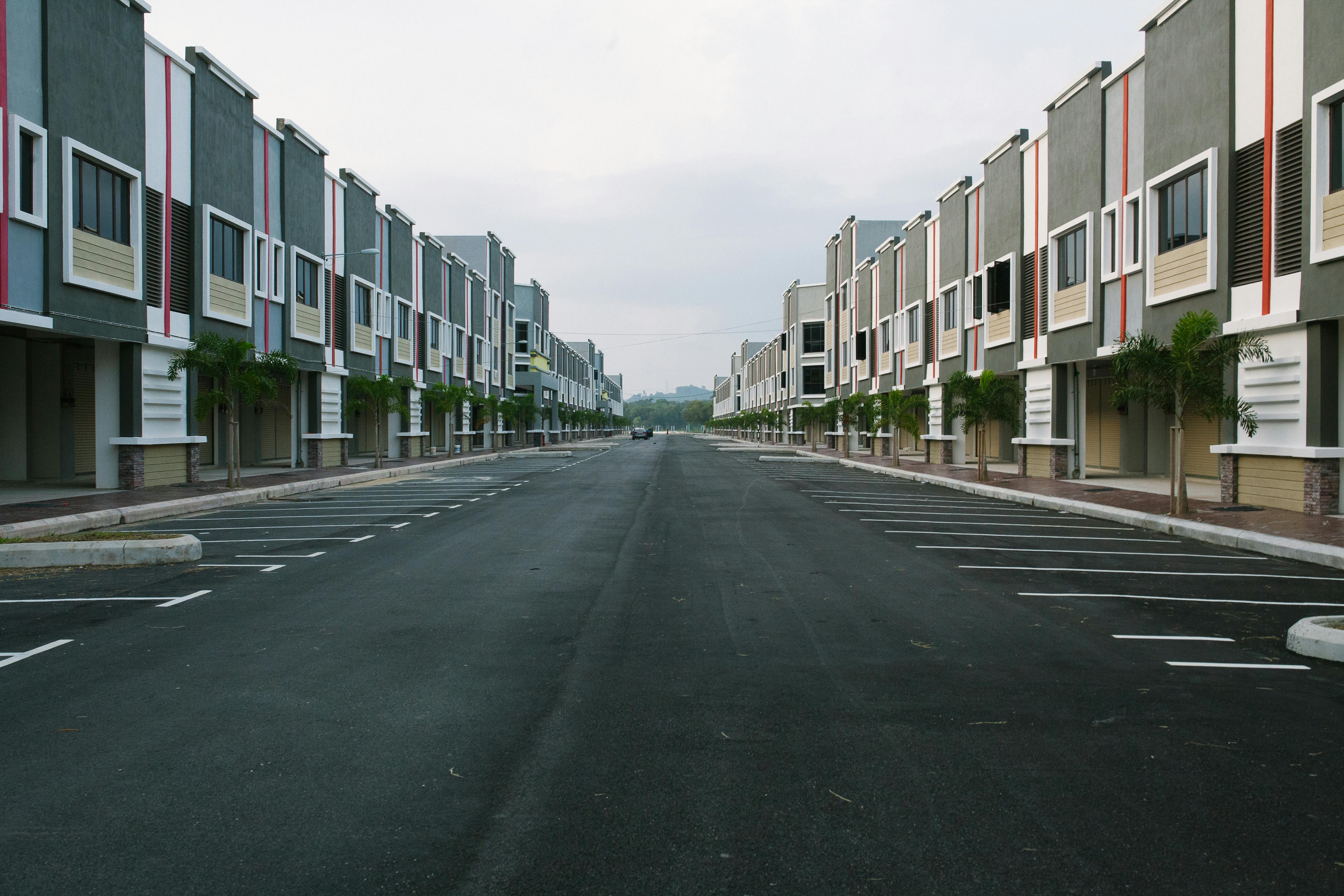The incredible annual East African Great Migration of wildebeest and other herbivores through the Serengeti-Mara ecosystem is one of the most magnificent spectacles on earth. The wildebeest (plural wildebeest, wildebeest or wildebeest), also called gnu, is an antelope of the genus Connochaetes. Ñu is an Afrikaans word meaning “wild beast”. There are two species of Connochaetes, both of which live in Africa: the black or white-tailed wildebeest and the blue or brindle wildebeest. It is a hoofed mammal (ungulate). Wildebeests belong to the Bovidae family, which includes antelopes, cattle, goats, and other horned ungulates. They weigh from 330 to 550 pounds (150 to 250 kilograms). They live in the plains and open forests of Africa, the Masai Mara Game Reserve in Kenya and the neighboring Serengeti National Park in Tanzania. The wildebeest can live for more than 20 years.
Wildebeest are well known for their annual migration in search of new pastures. If there is no new pasture, the wildebeest will starve or, worse yet, die of thirst. Therefore, the foreigner must move or perish. Like any traveler in a foreign land, there are challenges. The wildebeest must be in optimal health, not just disease free, but fit for the trek. This most prominent event, in which large numbers of wildebeest are seen crossing dangerous predator-infested rivers and dying in large numbers as they try to reach the other side, are eaten by crocodiles. Here’s survival for the fit test!
It has been commonly assumed that this is simply wild excitement or wild agitation and that the wildebeest cross blindly, recent research has shown that the herd possesses what is known as a “swarm intelligence” whereby the wildebeest explore and methodically overcome obstacles as one.
During this time of year, DECEMBER, JANUARY, FEBRUARY, MARCH, wildebeest are found in the Serengeti National Park/Ngorongoro Conservation Area. Perhaps this is the most amazing wildlife sanctuary in the world. In the months of December through March, the vast open savannah grasslands of the southern Serengeti and Conservation Area are home to huge herds of wildebeest and zebra.
Mother Nature takes care of the timing and location of the migration safari. She would if it were appropriate to describe the annual wildebeest migration as the annual Wildebeest Safari. This is reminiscent of the old East African Safari Rally and the anxiety that East Africans were looking forward to the rains to make the safari more exciting.
More than 35 species of game, including wildebeest and zebra, as well as a wide variety of birds inhabit this park that reaches as far as the sister game reserve Masai Mara in Kenya. The thundering hooves of hundreds of thousands of wildebeest and zebra at the height of the great annual migration create an unforgettable experience.
Calving season falls from late January to mid-March, one of nature’s wonders when the mother wildebeest gives birth and within a few hours the mother and baby wildebeest join the convoy of migratory animals and move on in droves in this African desert. in a short time span of 4-6 weeks, hundreds of thousands of young are born and this is where the rules of the jungle reign supreme as predators in action. Herds of wildebeest are concentrated in the Ndutu and Salei plains in the southern Serengeti and the Ngorongoro Conservation Area (NCA) and attract predators such as lions, cheetahs and hyenas.
Migration doesn’t work like 24-hour clocks remind of climate changes caused by human activities leading to erratic rainy seasons. The migration cycle is driven entirely by the availability or unavailability of water and grazing grasses caused by local weather patterns.
In the southern Serengeti in Ndutu, Gol and southern Loliondo, wildebeest graze on the short-grass plains, but due to resource depletion, i.e. water and grasses cannot support the whole year, they have to go ahead. The migration will move in search of green grass in response to changes in the weather as the dry period in which they migrate sets in. The East African region enjoys two rainy seasons, the short rains and the long rains, the rainy season may come earlier or later at the same time, the length of the rainy seasons will vary from year to year.
Migration does not continuously advance in a straight line like soldiers on parade following orders. Wildbeeste moves in different directions, sometimes tracking down some who are left behind, behaving as if they can’t bring themselves to move forward, sideways, some moving in a large crowd as if they are vying for space. It is difficult to say for sure where they will be. The best that can be done is to suggest likely times, based on past experience, but the location of the wildebeest migration can never be guaranteed with certainty.
At the beginning of the short rains, they are expected to be around Ndutu and its surroundings and from December to April. Depending on local rainfall, they could be anywhere in the Ngorongoro Conservation Area.
The rains cease in May, and herds of wildebeest gradually move from the south and east as the area dries, moving north and west toward abundant grass and more reliable water sources.
The wildebeest and zebra will follow different routes, a part of the migration will head towards the western corridor and the Grumeti River before continuing north, while a significant number will pass through Loliondo, or through Seronera and Lobo.
During a dry year, wildebeest may be near the Mara River, a permanent source of water in the Mara Serengeti ecosystem in early July; in a wet year – mid-August. When there is a lot of rain distributed throughout the year and there is a lot of grass and water; the herds will be distributed from Seronera to the Mara River.
Article submitted by Julius Koome
For more information visit http://www.apsafari.com
